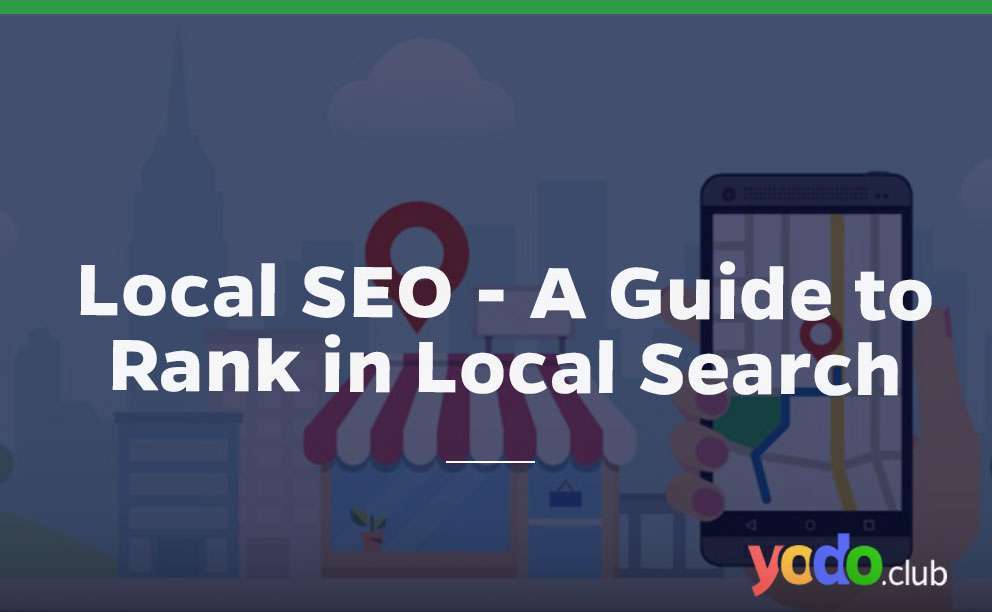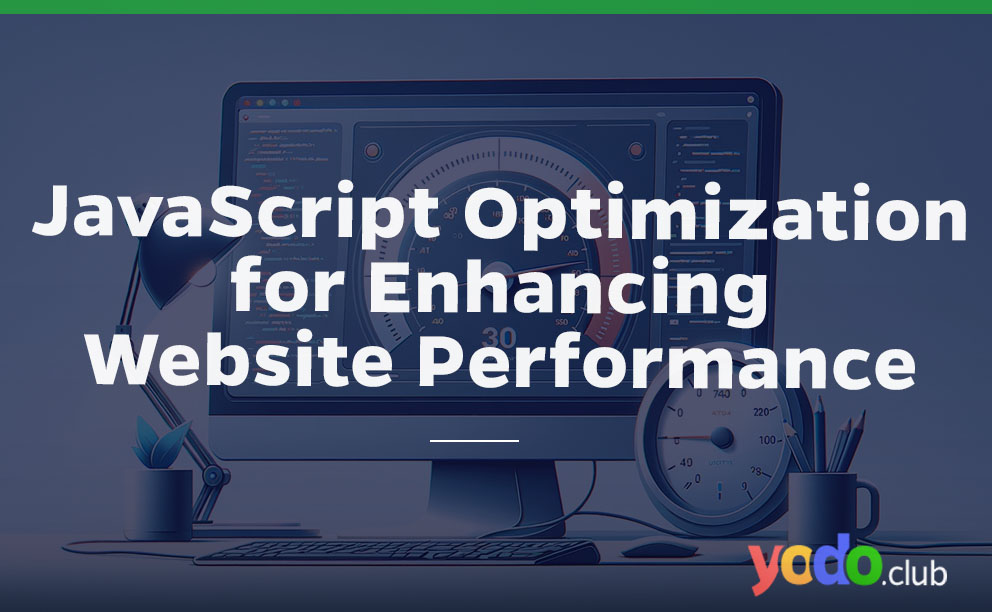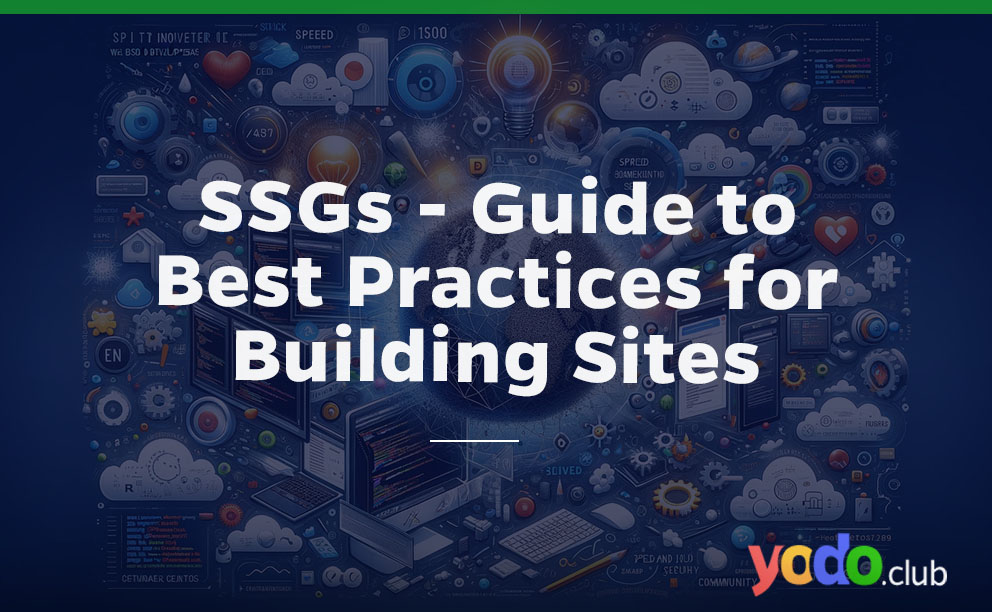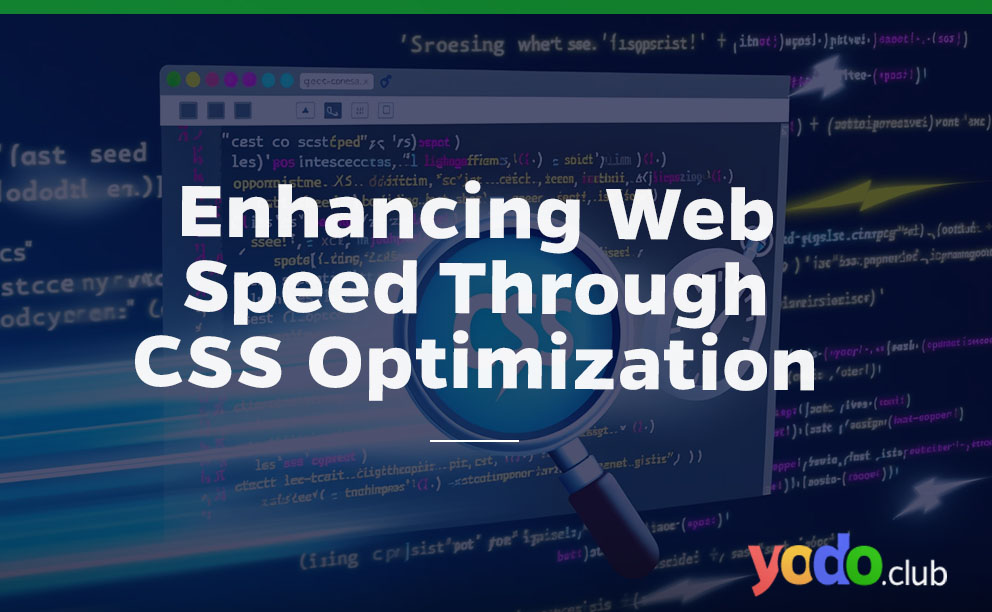Local SEO is the way to showcase your business in local searches. So, you can get more customers, and people can find you in the local business listing. And, it also appears you in the Google searches.
Table of Contents
What is Local SEO
Local SEO is the act of improving a site to build traffic, leads, and brand understanding from local searches. Local SEO includes searching local keywords, upgrading a business’ Google My Business Profile, and creating “NAP” references.
How Local SEO Works
Local SEO works like a “typical” Google search at a significant level. When somebody searches, Google looks to give the best results to that person’s question.
It is unique because Google uses a set of ranking factors to rank the local search results.
Ranking factors that include in Local SEO:
-
- The location that the individual is looking from
- NAP Citations
- Presence of Google My Business listing
- Keywords used in Google My Business profile
- Online Reviews
- Keywords utilized in online reviews
- Number of “Check-ins” at that location
- Social media sharing
- Google Maps star rating for that business
Local SEO Importance
Local SEO is significant because many people use web crawlers to look at local businesses.
According to Google:
-
- 30% of all mobile searches are connected with the location.
- 78% of individuals who look for something close by on their devices visit the business shortly.
- 28% of searches for something close about a buy.
Simply, consumers are looking for your business. And, if you’re not there, you’re losing the money.
Local SEO Keyword
Local keyword research is the method of understanding how people look for the local services you offer.
It would help if you enhanced what people look for in the services.
How about we go through how to do this.
Click here to read How to find the best keywords for SEO.
1. Search Service-based Keywords
The majority don’t ponder the various ways others might look for what they do.
For example, some will search you by typing “Plumber” into Google if you are a plumber. Others will look for specific services like “drain unblocking.”
Therefore, you should start by thinking and listing the services you provide. It will assist you with boosting your presence to think about what your customers search for the services.
What that can resemble a plumber:
-
- Drain unblocking
- Boiler repair and installation
- Boiler servicing
- Radiator installation
- Burst pipe fix
To extend this rundown, utilize the help keywords as “seeds” to observe which services are looked for by individuals.
You can use different tools to see the trending keywords.
2. Look at Search Volumes
Keywords research tools show you search volumes. Assuming that you need to scan volumes for your state, city, or town, you’ll need to use Google Keyword Planner and others.
So, it’s useful for productivity to know the popular keywords. You can also do it using Ahrefs’ Keywords Explorer.
3. Check for Local Intent
Local intent implies that searchers need to purchase. If it isn’t valid for your services, it’s anything but a local SEO opportunity.
To look at a question for a nearby aim, Google it and look at the outcomes.
It has local intent if there’s a map pack or some nearby “blue links” results.
Google SERP for “evaporator establishment”; map pack and “blue links” result should be visible.
It doesn’t have a local SEO if you see no map pack and nearby “blue links” results.
4. Target Keywords to Pages
Your landing page will probably not rank for all your services keywords. So you’ll have to focus on some with separate pages.
To target keywords to URLs, ponder which services they guide.
If the services are different, for example, “boiler installation” and “burst pipe repair,” target them to separate pages. But if similar, for example, “channel unblocking” and “channel unclogging” assign on the same pages.
Local SEO Ranking Factors
You can see that local SEO is a round of two parts since there are two methods for positioning. The first is the map pack, and the second is the “regular” organic results.
Ranking factors change depending on where you need to rank, yet some are significant.
Underneath, we’ll take a gander at what SEOs accept are the main elements for each.
1. Google Business Profile (previously Google My Business)
A Google Business Profile is a local listing to provide information about your business. It’s free and lets your business appear in the map pack and Google Maps.
2. Nap Citations
A NAP reference specifies your business’ name, address, and telephone number on the web. They generally show up on professional connections and social media profiles.
3. Reviews
Reviews are the quality and quantity of reviews on your Google Business Profile and elsewhere.
4. Links
Links are the authentication of your webpage from different sites.
5. On-Page SEO
On-page SEO is where you create high-quality content for a page to help it rank higher on Google indexed lists.
Local SEO Tools
There are many tools that you can use for local SEO. Let’s get familiar with some of the valuable tools:
- Google My Business
- Google Suggest
- Ahref’s Tools
- Google Keyword Planer
- Google Search Console
Final Thoughts
I hope so this article will help you to understand the local SEO. Furthermore, it will assist you in ranking your business in the local searches.
Now it’s your turn to how you use it.






 & Passion.
& Passion.